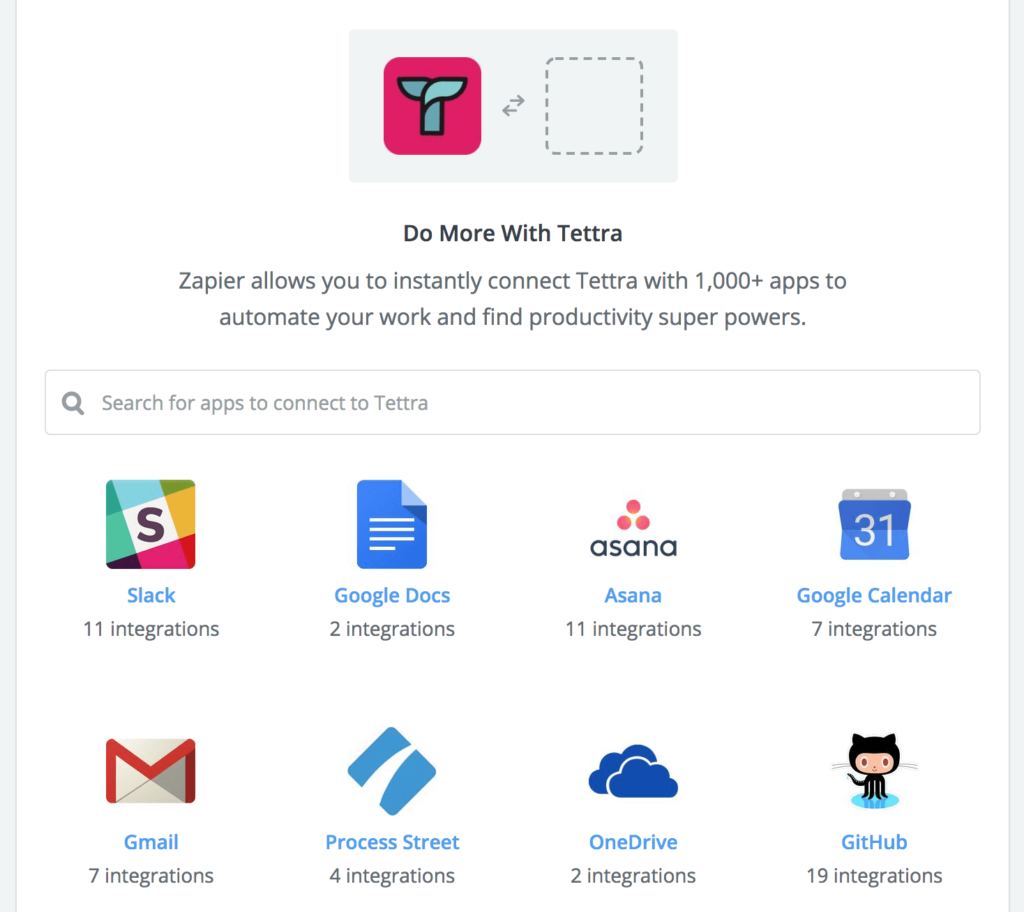How to Save Time with Automated Documentation
1547588760001
As one of our favorite Tettra customers once said,
“Documentation is one of the last things my team thinks of doing, but when something goes wrong, it’s the first thing they look for.”
I couldn’t agree more. Documentation – whether it’s your wifi password, a standard operating procedure, or the data behind a new product feature – is a lot like saving for retirement. It might not be the first thing you think of each day, but you sure are glad it’s there when you need it.
If documentation is so valuable, why do so many people shy away? It often comes down to the fact that many teams see documentation as added work. These teams think that they can move faster if they don’t document anything. I imagine some of them think they’re being more efficient…after all, they’re saving all that time, right?
You Should Have Written it Down the First Time
While it may be true that a team saves time by not writing down a common process, what happens when a new person joins the team? Someone has to spend time explaining the process. Now repeat this five more times when five other people join the team. All of this wasted time is death by a thousand paper cuts. Rather than spending ten minutes writing something down, the team repeats itself over and over again.
This isn’t even accounting for the costs of context switching. Interruptions cost us far more time and efficiency than we realize. It takes the average person 23 minutes to get back into the flow of what he or she was doing before an interruption. This means that each time someone has a “quick question”, they’re costing you the five minutes you spend answering, along with another 23 minutes. Just think of the impact of all of those supposedly “quick questions”.
Furthermore, what happens if a team member goes on vacation or worse when someone quits with short notice? Other people on the team are left to pick up the pieces and try to figure out the process with zero guidance.
So while it may feel tough to prioritize the ten minutes it takes to write something down, you pay for this shortcut in the long run. Your team risks hemorrhaging time and efficiency without proper documentation. Had you written it down the first time, image how much time and frustration might have been saved.
We’re Only Human (and Forgetful)
Hopefully, the value of good documentation resonates with the more organized people out there. (You know who you are; you probably do invest in your retirement, and you likely have a very neat tee shirt drawer or beautiful bookshelves.)
But still, we’re only human. Unless something is dead-simple, we’re prone to forget or procrastinate. Even the most organized among us fails to document things.
Besides, there are usually some disorganized people on every team, so documentation needs to be accessible and attainable to all. How do we make documentation so easy that it won’t even feel like work? Can we make it feel like part of our workflows, rather than like something extra we need to do? Is it possible to make documentation appealing to both the organized and disorganized factions?
Automated Documentation with Workflows
This is where our new workflows come in. They make it faster than ever to write down the info your team needs. With our new Automated Documentation, you can easily log important knowledge about how you operate.
To build them, we’ve teamed up with one of the best in the biz, Zapier. Zapier is the glue that lets you build workflows with the over 1,000 apps on their platform. Whether you use Google Docs, GitHub, Trello, or email, you can pull info from these 1000+ tools and document it in Tettra. The best part is that once you set up some common workflows, your documentation will happen automatically.

Here are some examples of workflows you could create with Zapier:
- Create a Tettra page when you star or label a message in GMail
- Create a Tettra page when you open a new GitHub issue
- Create a Tettra page when you add or update a task in Asana or a card in Trello
- Create a Tettra page when you add a new vendor to QuickBooks
- Create a Tettra page whenever someone sets up a new campaign in HubSpot
The possibilities are nearly endless. Whether you’re an engineer, a product manager, a CEO, or project manager, Zapier likely has integrations for many of the tools you use.
From now on, there’s no need to shy away from good documentation. With Tettra and Zapier, it nearly writes itself.
